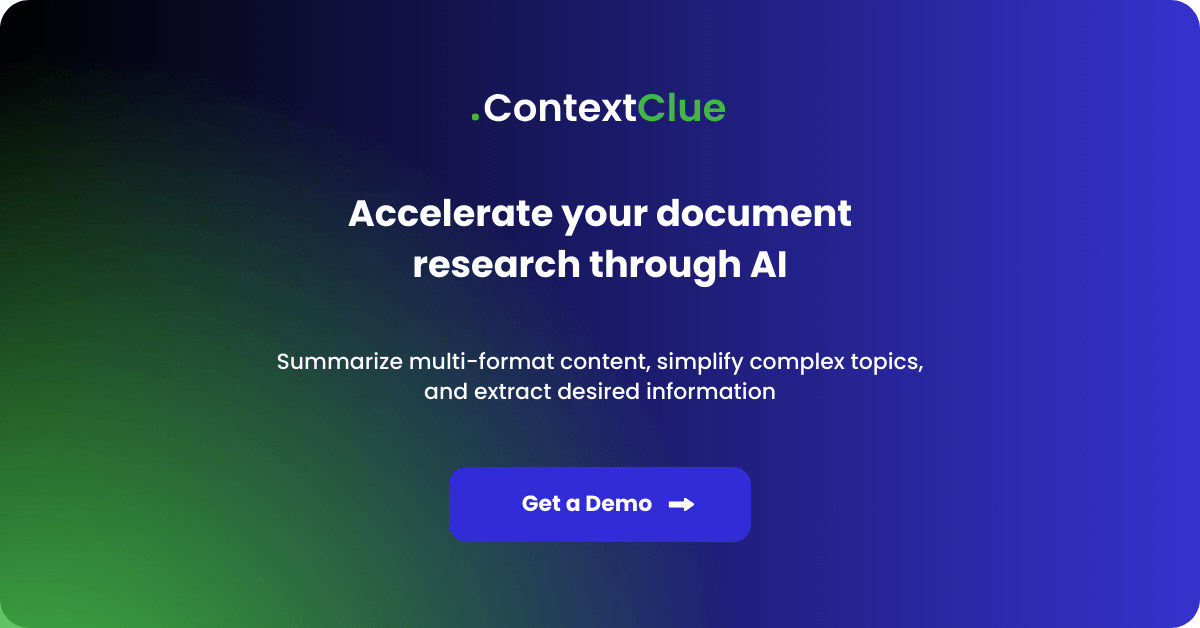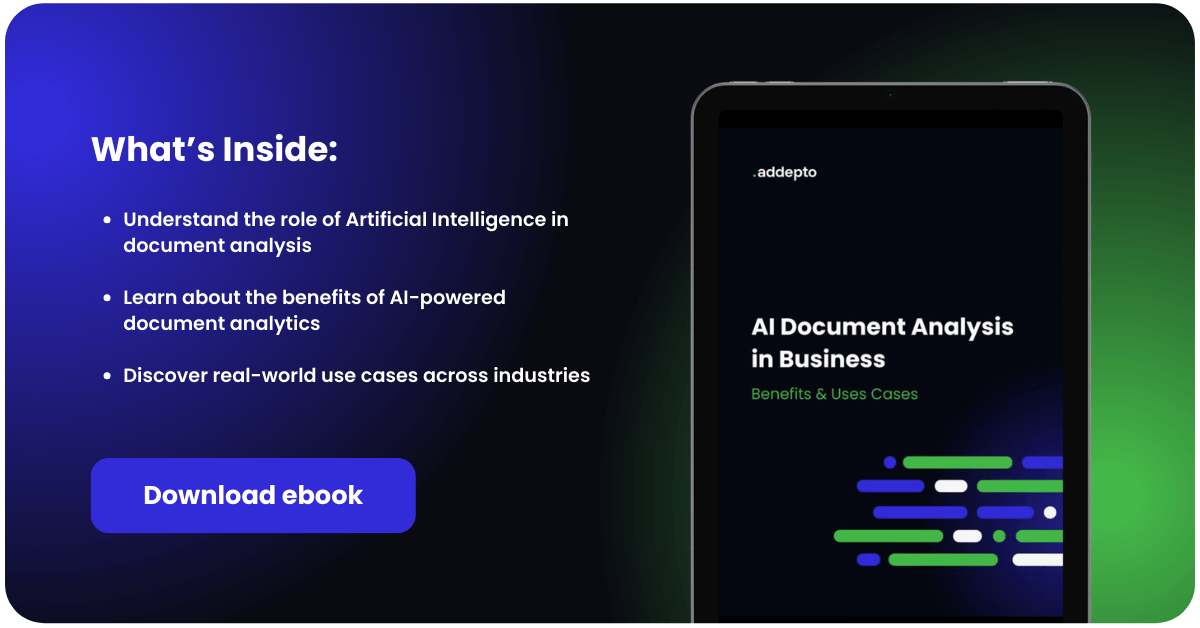
March 23, 2023
Bing Chat vs. ChatGPT. Which is Better?
Author:

CSO & Co-Founder
Reading time:
10 minutes
The generative AI market is expected to reach $188.62 billion by 2032, up from $8.65 billion in 2022, growing at a CAGR of 36.10. [1] Over the past decade, major IT companies and startups have invested billions in Generative AI models. In 2021, OpenAI’s ChatGPT became the market’s most popular generative AI model, getting over 100 million users in the first two months of operation. [2]
On January 7, 2023, Microsoft announced the release of its own version of the chatbot[3]. The new model is based on the GPT-4 language model (but with a twist). Unlike ChatGPT’s GPT-3.5 model, which only has access to information prior to 2021, Bing Chat has internet access, enabling it to provide more recent information.
But that’s not where their differences end. This article will evaluate the language models, citing how they work and their key differences – Bing Chat vs. ChatGPT.
Elevate your document analysis capabilities with Addepto’s groundbreaking AI Text Analysis Tool.
What is ChatGPT?
ChatGPT is an AI-powered natural language processing model designed to generate human-like text. The model is based on the transformer architecture and was trained on a massive amount of data from the internet. This enables it to understand natural language, generate human-like responses, and perform a wide variety of language processing tasks such as language translation, summarization, question answering, and text completion.
The model was created by OpenAI, the same company responsible for DALLE.2, one of the most popular digital AI art generators.
![]()
It might be also interesting for you: ChatGPT vs. Google Bard: What are the differences?
![]()
What is Bing Chat?
Bing Chat is an integration of the Microsoft Bing search engine with GPT-4. The chatbot enables users to interact with the search engine using natural language. This means that instead of typing keywords and search queries, users can also ask questions or make requests in a conversational tone.
According to Microsoft, the next-generation language model (GPT-4) running the chatbot is faster, more accurate, and has more language processing capabilities than GPT-3.5. It’s also the only way to access OpenAI’s latest release, GPT-4, for free. [4]

Image source: Microsoft.com
Currently, Bing Chat users are limited to six chat turns per session, which translates to a total of 120 chats per day. With that said, Yusuf Mehdi, Microsoft corporate vice president and consumer chief marketing officer, recently announced that the company would expand the chatbot’s chat limit to 15 chat turns per session, which is about 150 chats per day.
Is Bing Chat better than ChatGPT?
As two of the most popular generative AI models in the market, Bing AI and GPT have gained a lot of attention, with users and industry experts trying to figure out which is the best among the two.
Although they both utilize language models from the GPT series to generate output, the chatbots have a wide range of differences, which make them uniquely suitable for specific applications. This means that while Bing Chat may be taunted as being better than its counterpart, GPT-3.5 may be better suited to certain applications than Bing’s chatbot. Kee
Bing Chat vs. ChatGPT: Main differences
Here’s a head-to-head comparison of the two chatbots to give you a clear understanding of their suitability and operational supremacy in specific applications:
Bing Chat vs. ChatGPT: Compatibility with apps and devices
Both, ChatGPT and Bing Chat, have their own strengths and weaknesses regarding compatibility with various applications and devices. For instance, GPT-3.5 has an API that enables easy integration with various platforms and applications. It also has a web version that enables users to interact with the chatbot without having to install additional software.
The model is also compatible with a wide range of programming languages, including python, javascript, java, and C++.[5] This enables it to be integrated into various platforms, including Facebook Messenger, Whatsapp, and Slack. You can also use it on both Android and iOS devices.
Conversely, the Bing AI Chatbot was designed to serve primarily as a search engine. As such, developers integrated it into various Microsoft products with a search feature, including Windows’ Cortana, and Office 365. However, like with GPT-3.5, Bing AI Chat also comes with an API that enables easy access and integration with various platforms. It is also compatible with various programming languages.
And although Bing AI Chat is available on both web and mobile versions, its functionality may be limited in the latter. It’s also designed to function as a search engine, which means it may not perform as well in more advanced natural language processing applications.
Bing Chat vs. ChatGPT: Chat layout and design
Both chatbots offer an interactive and easy-to-use user interface that enables you to interact with the chatbots and get instant replies. However, the chatbots’ designs differ in terms of architecture, general layout, and front-end design.

Image source: Microsoft.com
As a transformer architecture-based model, GPT-3.5 uses deep learning to generate human-like responses to user input. Conversely, Bing Chat uses a combination of machine learning and rule-based approaches to provide results in the form of support replies. Essentially, both chatbots offer the same end result but with a different approach.
In terms of layout, Bing Chat features a single page with a large user input field, with the replies pushed at the bottom in a card button style. The result is a better user experience in both text input and getting replies. Unfortunately, all sessions are instantly deleted once you exit or refresh your browser, meaning you can’t get access to old chats unless you save them offline.
GPT-3.5, on the other hand, comes in a multi-page, dark mode design that gives you access to all previous chats in the session. The layout features a small input field that automatically scrolls up every time you add a new line. This gives you a larger field of view for your results, which are typically displayed on approximately 3/4 of the window.
ChatGPT vs. Bing Chat: Performance
Numerous industry experts have tested the two chatbots to evaluate their performance and effectiveness in various benchmarks and datasets. Most tests conducted on GPT-3.5 focus primarily on its language generation capabilities.
The chatbot demonstrates impressive results on several language modeling benchmarks, including WikiText, LAMBADA, and Penn Treebank datasets. It also performs well on conversational AI tasks like Wizard of Wikipedia datasets and Persona-Chat.
Conversely, most tests performed on Bing Chat focus primarily on search-related tasks like relevance ranking and web page ranking. In this regard, the chatbot consistently outperforms other search engines like yahoo and google in terms of relevance and accuracy.
Although more tests need to be conducted to evaluate both chatbots’ performance, it’s clear that GPT-3.5 performs better in natural language processing and text generation tasks than its counterpart. Similarly, Bing Chat performs better in search-engine-related tasks.
![]()
Read more about GPT-4 vs GPT-3
![]()
Bing Chat vs. ChatGPT: Training and Dataset
Bing Chat is trained on a specific dataset provided by Microsoft, which is likely focused on customer support scenarios and tailored for business applications. It is trained to understand and respond to specific types of queries and tasks.
ChatGPT is trained on a vast and diverse dataset from the internet, encompassing a wide range of topics and conversational styles. It has been exposed to a broad array of information and can generate responses based on the patterns it has learned from its training data.
Bing Chat vs. ChatGPT: Challenges and limitations
Despite their numerous capabilities and impressive performance on various tasks, both chatbots face various challenges and limitations.
For instance, take GPT-3.5, despite its impressive performance in text generation tasks, it has the potential for bias and other ethical concerns. [6] These concerns emanate from its training data, which was already biased with societal prejudices and stereotypes.
Similarly, Bing Chat has various limitations, primarily around transparency and accessibility. As a proprietary model, all its training and development data are not readily available to the public. This makes it very hard for developers to evaluate and improve the model. Additionally, its focus on search-related tasks may limit its capability to perform other natural language-related tasks.
How to use Bing with ChatGPT?
Using the Bing search engine with GPT capabilities can give you human-like conversational answers, making it easier and faster to get information online. Unfortunately, this new feature is not yet widely available to the public.
Prepare to experience a remarkable transformation when you integrate ChatGPT and Bing Chat. The moment you embark on this journey, a world of interactive search awaits you. Say goodbye to mundane link-filled search results and embrace a whole new conversational dimension. Witness Bing’s remarkable capability to understand your queries and seek out meaningful answers. And the best part? You hold the reins in shaping your search experience by providing valuable feedback to Bing Chat, fine-tuning your results along the way.
To use it, you’ll first need to open a Microsoft account and join the waitlist. Once approved, you can click ‘chat’ below the search bar to access the chatbot. The chatbot works quite similarly to GPT, whereby you only need to enter a query, press enter, and the model will generate a response.
Final thoughts
Generative AI is poised to revolutionize online searches and content generation. ChatGPT and Bing Chat have demonstrated the potential for generative AI to be integrated into various platforms to simplify and improve people’s interactions with computers.
Despite their numerous similarities and the fact that they both run on language models from the GPT series, AI Bing Chat and OpenAI’s GPT-3.5 chatbot have numerous differences that make them uniquely suitable for specific applications. The former is more suited to online searching applications, while the latter is better suited to text generation applications.
![]()
See our Generative AI Development process to find out more.
![]()
Future of ChatGPT and Bing Chat
As we look to the future, the integration of ChatGPT and Bing Chat holds immense promise. It opens doors to a wide range of possibilities, from enhancing customer support experiences to facilitating natural language interactions with search engines.
With Bing Chat’s conversational capabilities and the powerful language generation of ChatGPT, the potential for personalized and contextually relevant search results becomes evident.
Imagine asking Bing Chat a question about the best restaurants in a particular city, and receiving a detailed response as if you were conversing with a knowledgeable local guide. The fusion of AI-driven search and human-like conversation brings us closer to achieving a seamless information retrieval experience.
Furthermore, the collaboration between Microsoft and OpenAI serves as a testament to the collective effort in advancing generative AI technology. By continuously gathering user feedback and fine-tuning the models, the integration of ChatGPT and Bing Chat can evolve and improve over time, ensuring that users receive accurate and valuable information.
As we conclude this exploration into using ChatGPT and Bing Chat, it is important to recognize the transformative impact that such advancements can have on our digital lives. The future of AI-driven search and conversational interfaces, powered by ChatGPT and Bing Chat, is within reach, promising a more intuitive and engaging way to navigate the vast sea of information on the internet. So, let us eagerly anticipate the widespread availability of ChatGPT and Bing Chat, and embrace the exciting possibilities it brings.
References
[1] Tebraininsights.com. Generative AI Market. URL: https://bit.ly/3FLxMDY. Accessed March 20, 2023
[2] Livemint.com. ChatGPT Becomes the Fastest Growing App in the World, Records 100mn users in 2 Months. URL: https://bit.ly/3yWtS7s. Accessed March 20, 2023
[3] Cnbc.com. Microsoft Open AI ChatGPT Event 2023. URL: https://www.cnbc.com/2023/02/07/microsoft-open-ai-chatgpt-event-2023-live-updates.html. Accessed March 20, 2023
[4] Microsoft.com. Reinventing Search With a New AI-Powered Microsoft Bing and edge. URL: https://bit.ly/3FJzmWS. Accessed March 20, 2023
[5] Smu.edu. ChatGPT Codes. URL: https://library.smu.edu.sg/topics-insights/ChatGPT_codes. Accessed March 20, 2023
[6] Rse.org.uk. The Socio Ethical Challenges of generative AI. URL: https://rse.org.uk/resources/resource/blog/the-socio-ethical-challenges-of-generative-ai/. Accessed March 20, 2023
Category:






